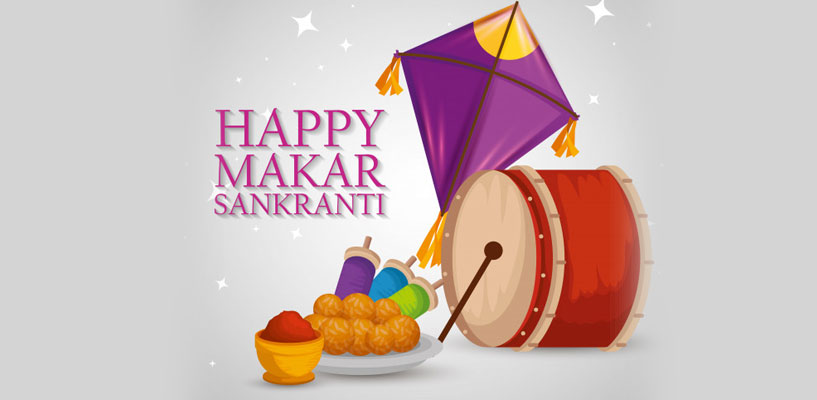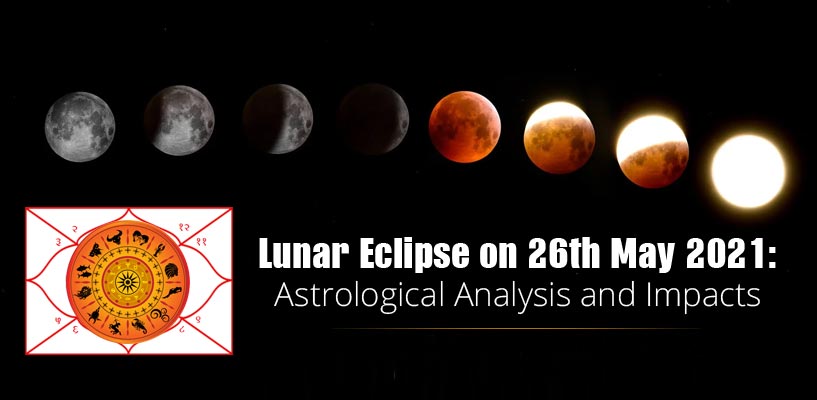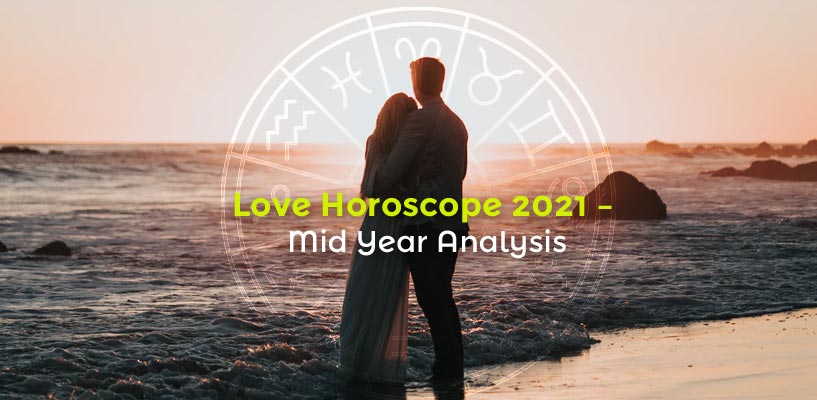Navaratri is a 9 day Hindu festival dedicated to the supreme Goddess Durga. Navratri is observed four times in a year, namely, Shardiya Navratri (September-October), Chaitra Navratri(March- April), Magha Navratri (January-February) and Ashada Navratri (June-July). Among the 5 Navratris, Shardiya Navratri is celebrated with great pomp and show by all Hindus.
Religious event (Ram Lila) is conducted to mark the occasion and celebrate the festival. People hail Goddess Durga and wish to pray for great life, success wisdom and empathy.
Navratri is a fusion of two words ‘Nav’ + ‘Ratri’, which means Nine Nights in English. People celebrate this festival with a lot of excitement and joy. Devotees carry out Durga Puja and express their gratitude towards Goddess Durga, wishing for good health, life, and mind.
It is believed that Gods sleep during the Ashwin month (i.e. from September to October). Lord Ram had awakened Goddess Durga in the Tithi of ‘Shasthi’ during the evening. In Bengal, this tithi of ‘Shasthi’ has a great significance as Durga Puja rituals begin on this day...
Navratri 2020: Dates
Navratri starts from the first day of Hindu month Ashwin i.e. 17 October and ends on Dusshera, 26 October.
Mythology behind Navratri
The Markandeya Purana describes the story associated with Navratri and Durga puja. The entire mythological connection behind Navratri lies with the defeat of Mahishasura... People recite this Purana to worship the Navadurga during Navratri. Similarly, Chaitra Navratri describes the victory of Lord Rama over Ravana with the help of Goddess Durga.
There were two brothers Rambha and Karambha who practised severe austerities to gain powers. Indra felt threatened by such severe penance and killed one of the brothers – ‘Karambha’. This triggered the fire of revenge in Rambha and hence he became more rigorous in his penance. His worship impressed many Gods and they gave him the boon to be very powerful and the one who cannot be defeated by any, neither the Gods nor the demons.
Once Rambha fell in love with a female buffalo and copulated with her. Meanwhile, a male buffalo came in and murdered Rambha. Therefore, the sad part was that Rambha had not taken the boon of being protected from an animal.
This incident made the female pregnant buffalo jump into the fire and suicide. The moment she jumped, came out a half buffalo and half-human ‘MAHISHASURA’
Mahishasura defeated the gods and the demons. He attacked heaven and captured it and made ‘devas’ his slaves. He proclaimed that he is now Indra – the lord of the gods. The gods led by Brahma approached Vishnu and Shiva and appraised them of the situation.
The destructive Mahisasura created a lot of havoc and brought in immense anger in the Trimurti. The Trimurti then brought their energies together to form the epitome of power that is Nava Durga. Every God then bestowed on the new feminine power all their characteristic weapons. Shiva – the trident, Vishnu – the discus, Varuna – the conch, Agni – the spear, Yama – the cudgel, Vayu – the bow, Surya – the arrows, Indra – the vajra, Kubera – the mace, Brahma – the water pot, Kala – the sword and Vishwakarma – the axe. Himavan gifted a mountain lion as her vehicle.
When Mahishasura came across the vibrant Goddess, he fell in love with her. He asked him to marry him but she put forward a condition. She promised the marriage only if he could defeat the demon. They started the battle and it continued for 9 consecutive days after which Durga took the terrifying form of Chandika and pinned Mahishasura down with her foot and pierced his neck with her spear and she cut his head off with her sword.
This is how the concept of Navratri came into the picture.
Significance of Nine days of Navaratri
In India, people celebrate Navratri with great zeal and enthusiasm. It takes place in the month of Ashwin as per Hindu calendar. Ma Durga is worshipped for nine days straight in different forms. All the nine days of the festival are dedicated to each distinct avatar of the goddess; and each of these days has a significant colour attached to it, which devotees are expected to wear while taking part in the festivities.
Here described is the importance of each day and the Goddess associated.
Day 1: SHAILPUTRI: She is the embodiment of the collective power of Brahma, Vishnu and Mahesh.
Day 2: BRAHMCHARINI: She endows happiness, peace, prosperity, and grace upon all devotees who worship her.
Day 3: CHANDRAGHANTA: She represents beauty and grace and is worshipped on the third day for peace, tranquillity, and prosperity.
Day 4: KUSHMUNDA: She is considered the creator of the universe. It is believed that Kushmunda created the universe through a bout of laughter and made it verdant with vegetation.
Day 5: SKAND MATA: She is the mother of Skanda, or Karthikeya, who was chosen by the gods as their commander-in-chief in the war against the demons. She is accompanied by Skanda in his infant form.
Day 6: KATYAYANI: Katyayani was born to the great sage, Kata, as an avatar of Durga., she exhibits immense courage.
Day 7: KALRATRI: She has a dark complexion, dishevelled hair and a fearless posture. She has three eyes that shine bright, with flames emanating from her breath. She is black like the goddess Kali. She is the fiercest form of a goddess.
Day 8: MAHA GAURI: Maha Gauri is intelligent, peaceful, and calm. It is said that due to her long austerities in the deep forests of the Himalayas, her colour transformed from white to back. However, later, when Shiva cleaned her with the water of the Ganga, she regained her beauty and came to be known as Maha Gauri, which means extremely white.
Day 9: SIDDHIDATRI: She has supernatural healing powers. She can be seen sitting on a lotus and has four arms. She is said to possess all kinds of Siddhis (powers).
Hope you like this article and gain a major understanding of the festival of Navratri. Indastro wishes you a prosperous Navratri and Dusshera/Vijayadashami.
#navratri #garba #navratrispecial #india #mumbai #k #durga #jaimatadi #devi #dandiya #durgapuja #gujarati #navratricollection #love #garbanight #bhfyp #garbalover #maa #garbadance #gujju #hinduism #maadurga #photography #festival #hindu #garbaqueen #indian #navratrigarba #garbalovers #bhfyp





